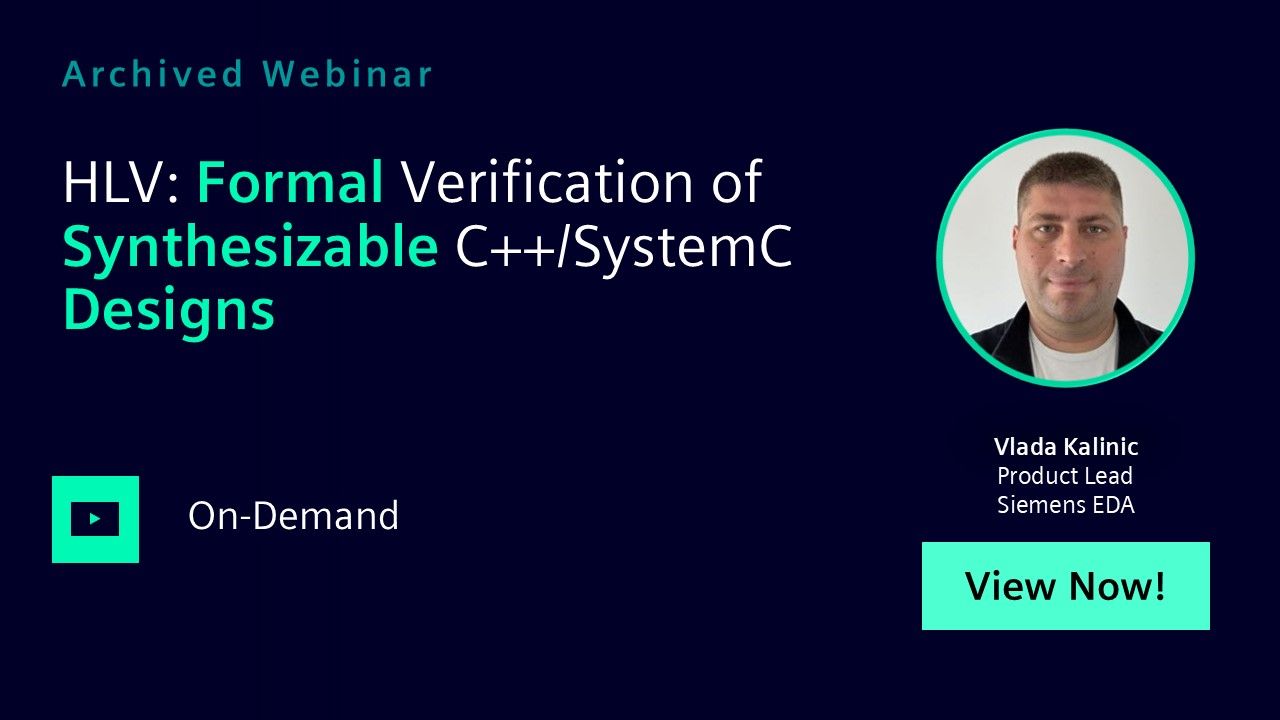HLV: Formal Verification of Synthesizable C++/SystemC Designs
Formal check tools are difficult to be analyzed on generated RTL (as the errors cannot be correlated to HLS source code) Catapult Formal/Onespin SystemC help to overcome this challenge. Under HLV there are several apps, to verify and clean C++ HLS code before running HL Synthesis and then apply equivalency between C++ and RTL to guarantee that golden C++ is equivalent with final RTL design.

Full-access members only
Register your account to view HLV: Formal Verification of Synthesizable C++/SystemC Designs
Full-access members gain access to our free tools and training, including our full library of articles, recorded sessions, seminars, papers, learning tracks, in-depth verification cookbooks, and more.